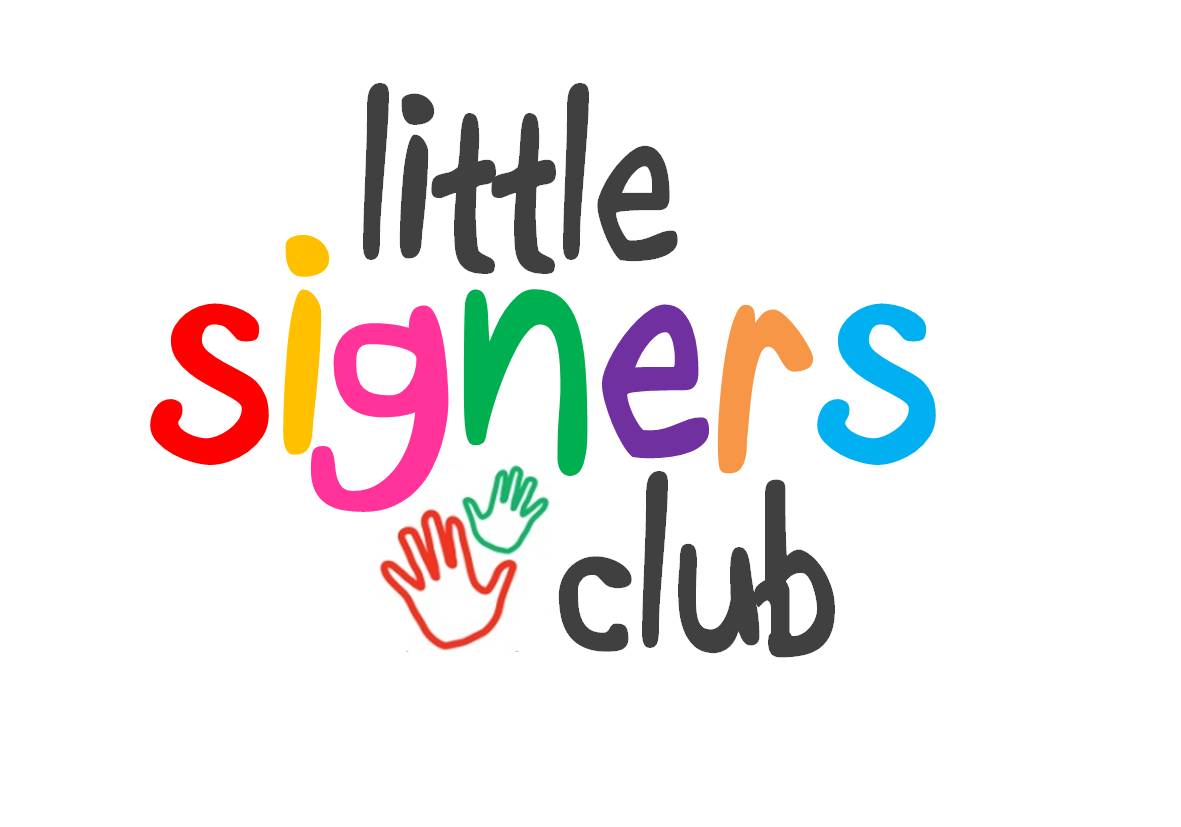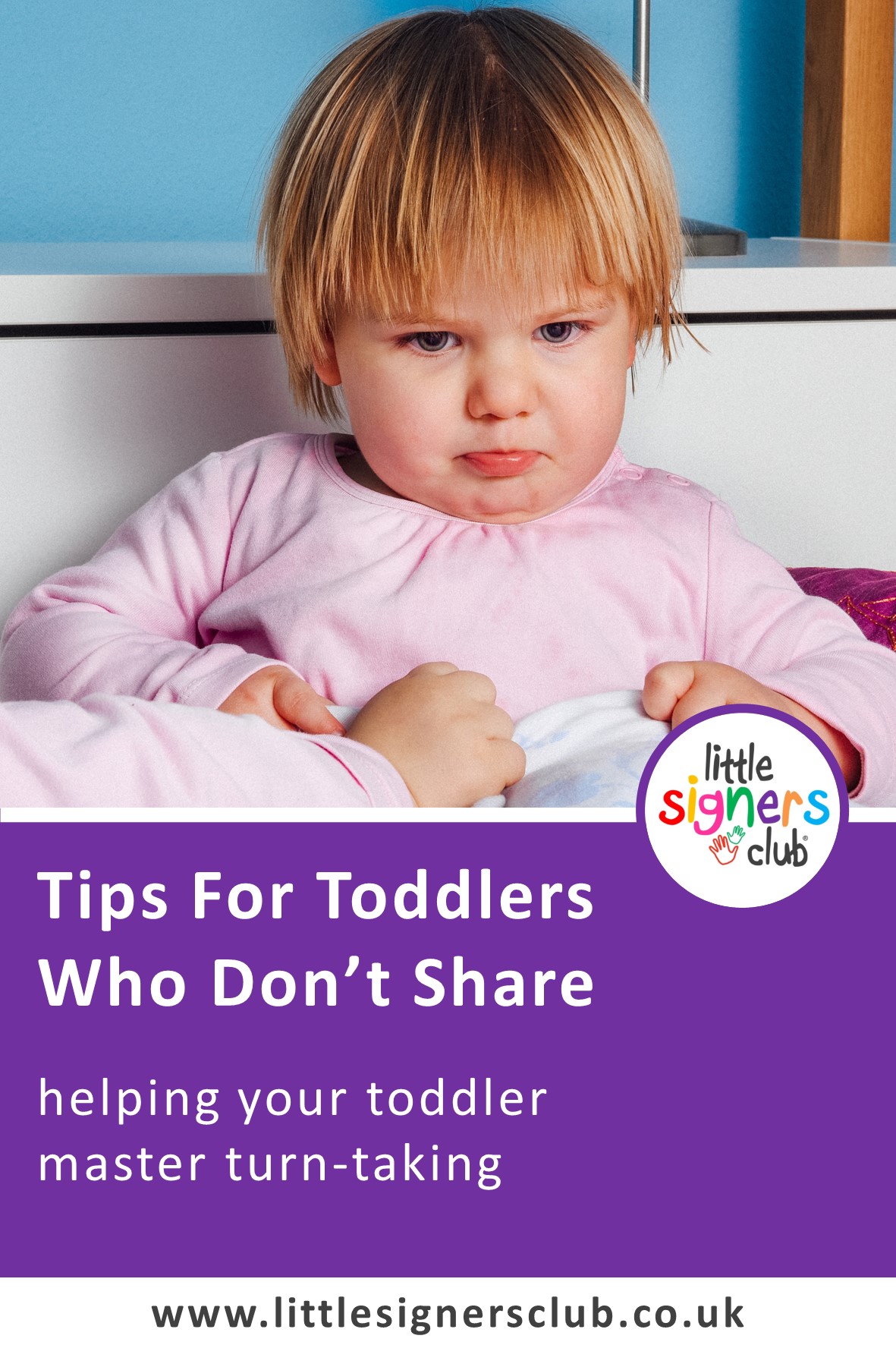Tips for Toddlers Who Don’t Share
To share – or not to share? That is the question..
Toddlers.
And sharing.
Not generally two words that we tend to think of, together, with any degree of equilibrium, really!
Toddlers, it seems, are brilliant at understanding the concept where sharing relates to them and something they want – but turn the tables and it becomes a very different story.
And, despite lots of research showing that sharing is something that is developed much later than toddlerhood, we still expect, time and time again, that little ones will share their belongings and relinquish them willingly. (We might not be quite so good at it ourselves though!)
I find the concept of sharing really, really interesting when we take time to consider the word and what we are asking.
I find it even more fascinating when you then also bring in the sign.
In British Sign Language the sign for share literally depicts or translates as ‘some for you and some for me’ – which isn’t really possible with toys unless there is more than one. What we actually mean, 9 /10 when we say share, is give. Give your toy / teddy / whatever you are engrossed in and busy with right now to someone else – straight away, too.
Babies and toddlers love signing because it makes sense of the words to them in a visual form. When you ask a baby to share, but mean give, the sign – and word – stop making sense. There is a lack of congruence and I believe it is this lack of clarity that causes little ones confusion and uncertainty. When babies are uncertain and confused, they become stressed – and that, in turn, becomes tears of overwhelm.
“Babies and toddlers love signing because it makes sense of the words to them in a visual form. When you ask a child to share, but actually mean give, the sign – and word – stops making sense.“
However babies and toddlers DO understand the concept of turn taking – and it is something that starts very early on with communication between you being their very first – and continuing – form of turn taking between you and your baby. (Did you, too, stick your tongue out at your baby when they were born to see if they would do it right back to you, like the research says? Turn taking started right then and there!)
Turn taking is gentle, expectant, responsive. Your baby smiles – you smile back. They point, you turn to look. You say something, they copy or babble or look. So turn taking is relatable in a way that ‘sharing’ might not be because sharing, in the context that we are asking it to happen, can be abrupt and unexpected.
Before you ask your baby or toddler to share, see if it is something that can actually be shared i.e. some for you and some for me – or whether you really mean taking turns. Little children are frequently engrossed and busy in their play and simply because another child might want to also play with the toy that your baby has, doesn’t mean that your baby needs to give it up there and then.
“Before you ask your baby or toddler to share, see if it is something that can actually be shared i.e. some for you and some for me – or whether you really mean taking turns.“
What you can do, though, through signing and speech is to help everyone understand what is happening – who has the yellow ball now, and then who will have it next. This prepares everyone for a transition without any baby being expected to give something up simply because someone else wants it.
Show your baby, through your words and actions, that their time with something they are interested in is respected – and it is perfectly ok to jump in and let another little one know that they can have a turn once your baby is finished.
This will teach your baby courtesy, awareness of others and do a great deal to develop their empathy, self esteem and self respect too.

Shelley - Little Signers Club
Founder | Speaker | Author | Chief Bubble Tester | Mama of 3
Shelley is the founder of Little Signers Club and has been teaching little ones, and their grown ups, how to use sign language for accelerated communication and understanding since 2005.
Kindly regarded as an expert in her field, Shelley regularly contributes to Childcare Expo, has been featured on BBC1, BBC Radio, in Junior Magazine, Gurgle Magazine, and was a contributing author for ToddlerCalm; A Guide to Calmer Toddlers.
She has three children of her own and, when she is not sharing her love of baby signing with the world, can be regularly found toasting marshmallows over a campfire.






